Accelerate momentum whilst reducing risk and wastage.
Gathering, refining, and prioritising requirements is one of the most critical processes in a project’s lifecycle. When done poorly, a team’s ability to deliver what’s truly needed is inevitably compromised. Deadlines, scope, and cost are all likely to be affected too.
If you want to deliver successful project outcomes, user centred requirements gathering processes that are aligned with your specific design and development methodologies are critical.
Trusted by
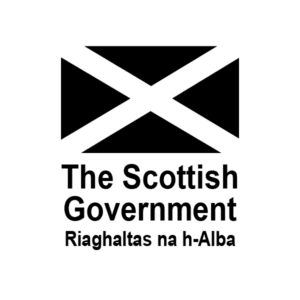
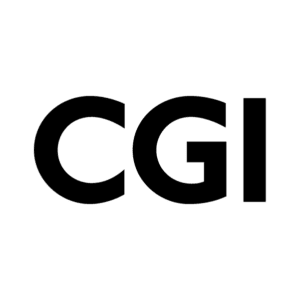

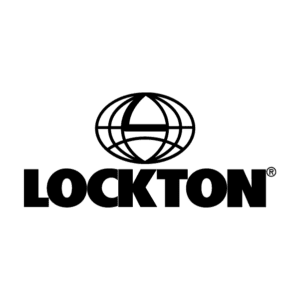

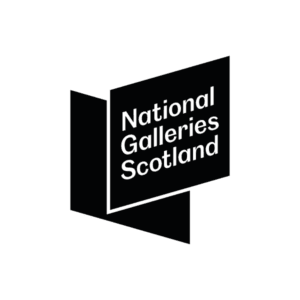
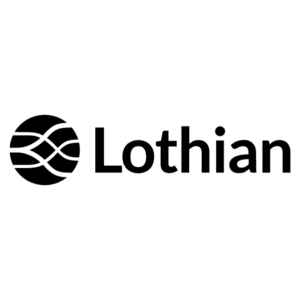

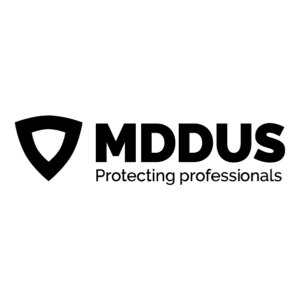
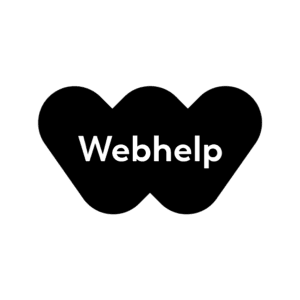


What are requirements gathering and roadmapping?
Requirements gathering, also known as scoping or framing, is an exploratory process that is used to define what needs to be achieved, why it needs to be achieved, and what needs to be done to achieve it. In some scenarios, this can include defining existing processes and then identifying areas for improvement and optimisation.
Our user centred approach to gathering requirements involves as broad a range of relevant stakeholders in a collaborative process that rapidly defines and prioritises key information such as:
- SMART objectives and measurements of success
- Key risks and mitigation tactics
- Key stakeholders and end-user segments
- Proto-personas
- User stories
- High-level business, end-user, and technical requirements
This tried and tested approach helps organisations translate their business cases into executable project plans and documentation.
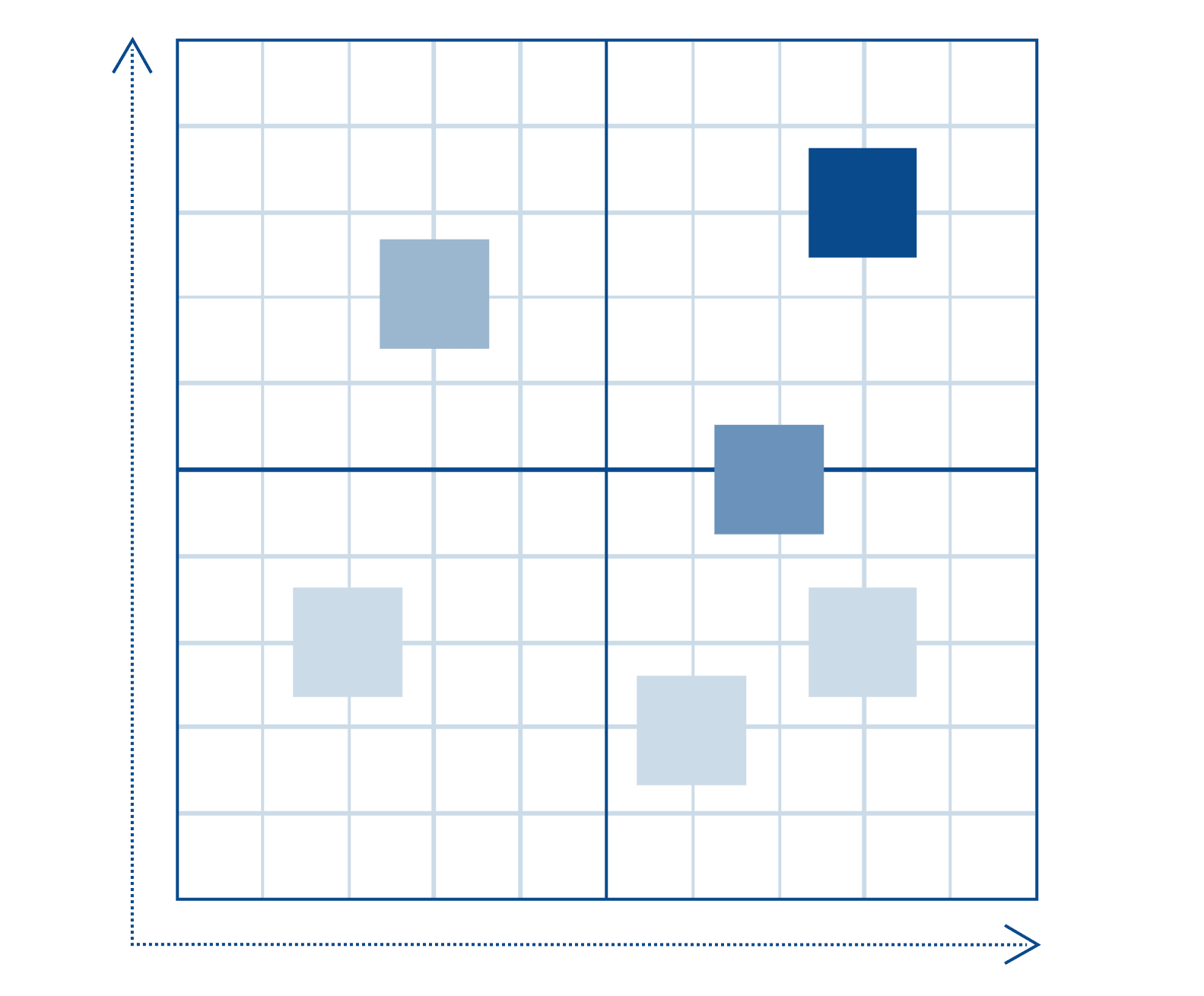
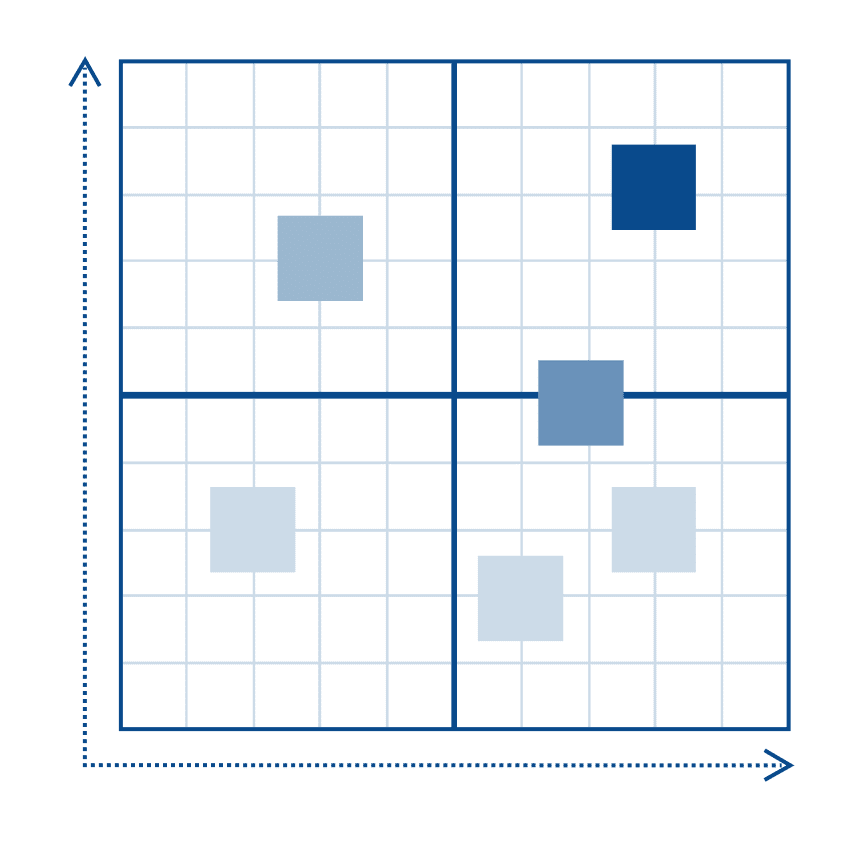
Key benefits of requirement gathering and roadmapping
Balance business objectives with end-user needs.
Stimulate collaboration and establish clarity.
Deliver higher-quality outputs, faster.
What do I get?
Outputs from a requirements gathering process are likely to include some or all of the following:
- SMART objectives
- Measurements of success
- Key constraints
- Key stakeholders
- Prioritised target audience segments
- UX principles
- Empathy and/or journey maps
- Service blueprints
- Proto-personas
- User stories
- Business, end-user, and technical requirements
- Product roadmaps
- Product and/or sprint backlogs
- Content development briefs and requirements
- Design briefs and requirements
Fees
Fees for a requirements gathering process start from £10,000 (exc. VAT).
Timeline
The minimum turn-around time is 4 weeks.
What our clients think
“Border Crossing UX’s support and insights were core to ensuring our digital touch points centred on our customer’s needs.”
“Border Crossing UX spent a great deal of time canvassing opinion, not merely from us the client but from other stakeholders, to genuinely understand the nature of the brief. This was particularly important to us. The technical delivery was excellent but the softer, message-sharing side, was even better.”
“Border Crossing UX provided the expertise and support the National Galleries of Scotland needed and have become a trusted supplier.”
“What made Border Crossing UX’s services excel was the way our individual needs and ambitions were met, so what started out as a concept, has now been realised.”
“Border Crossing UX helped us achieve and even surpass the expectations we had at the project’s outset.”
“We really value Border Crossing UX’s positivity and friendliness along with their ability to understand, capture, and deliver exactly what’s required.”
Want to work with us too?
Discuss your desired outcomes with a user experience specialist.
How do you approach requirements gathering and roadmapping?
Our user centred approach to requirements gathering and roadmapping ensures we:
1. Identify objectives, priorities and constraints
- Kick-off workshop
- Stakeholder mapping
- Measurements of success

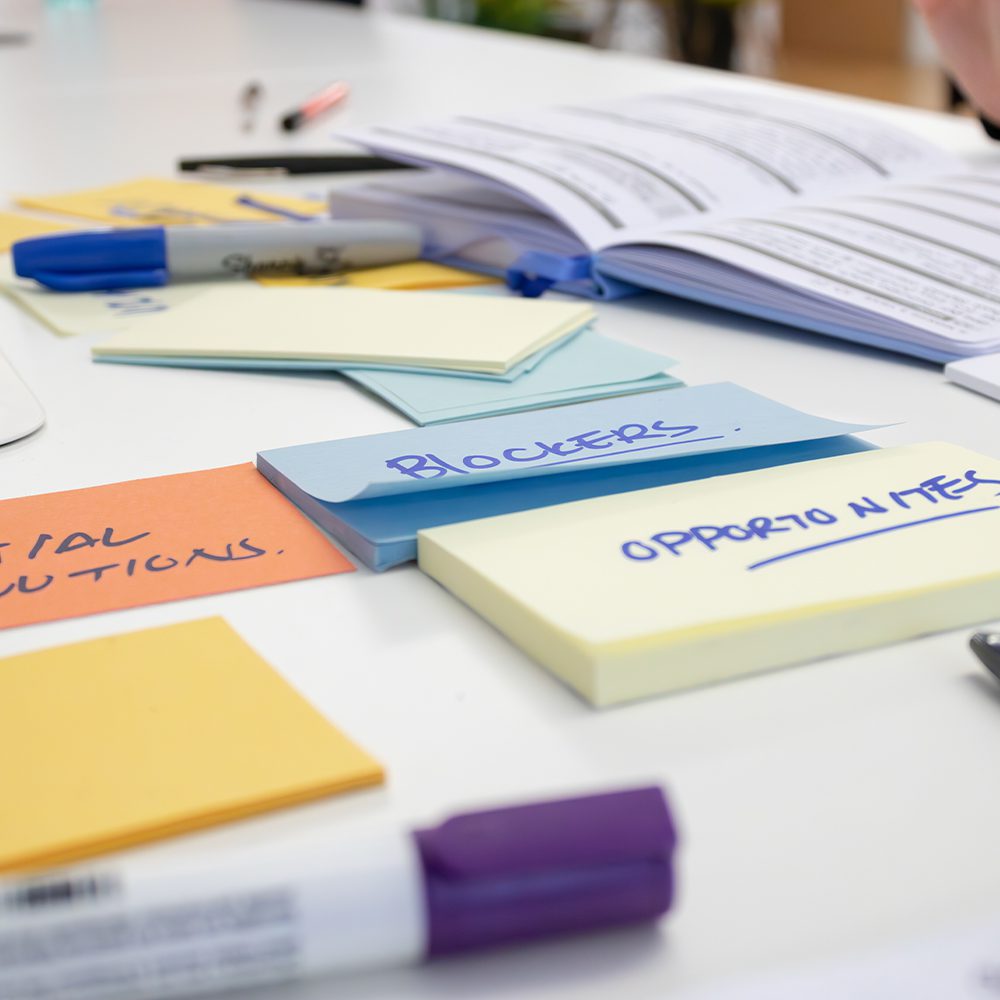
2. Preliminary research
- Identify relevant sources of data and insights
- Stakeholder interviews
- Identify key risks and mitigation tactics
3. Analyse and prioritise
- Business analysis
- Data analysis
- Collaborative workshops
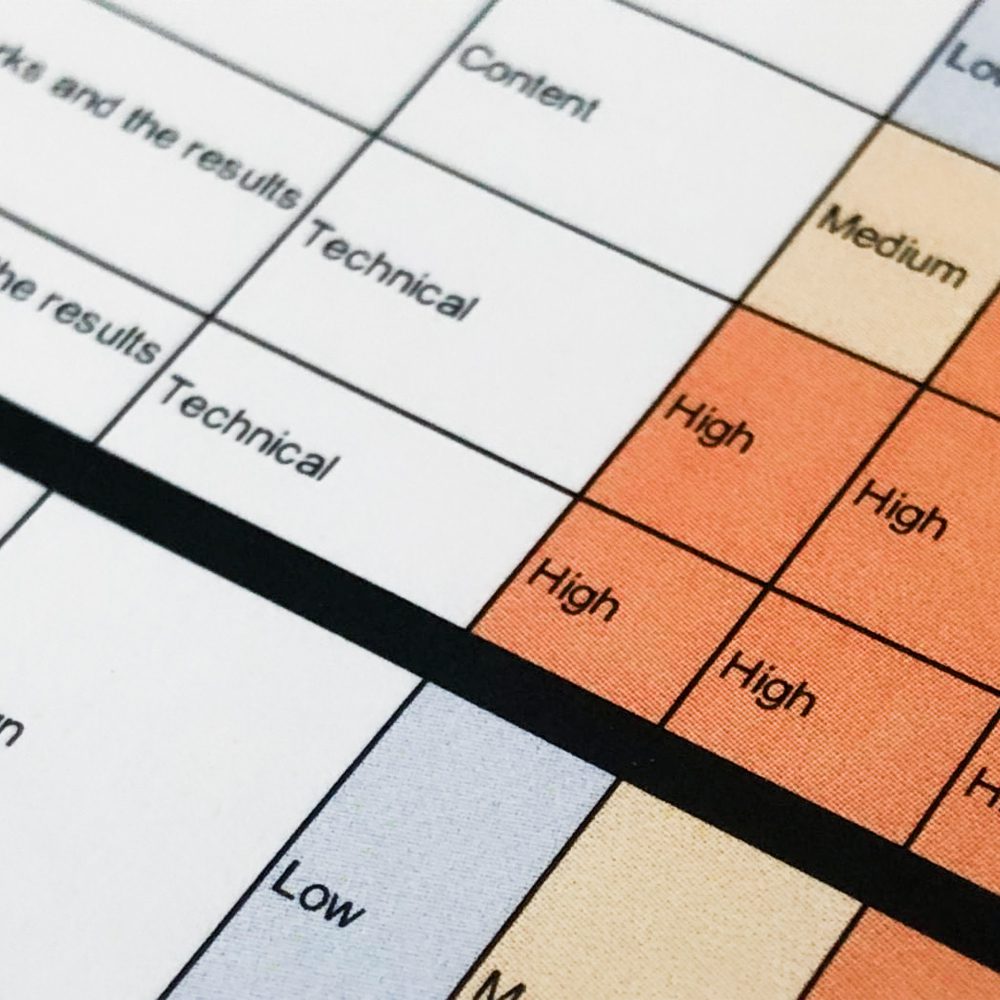
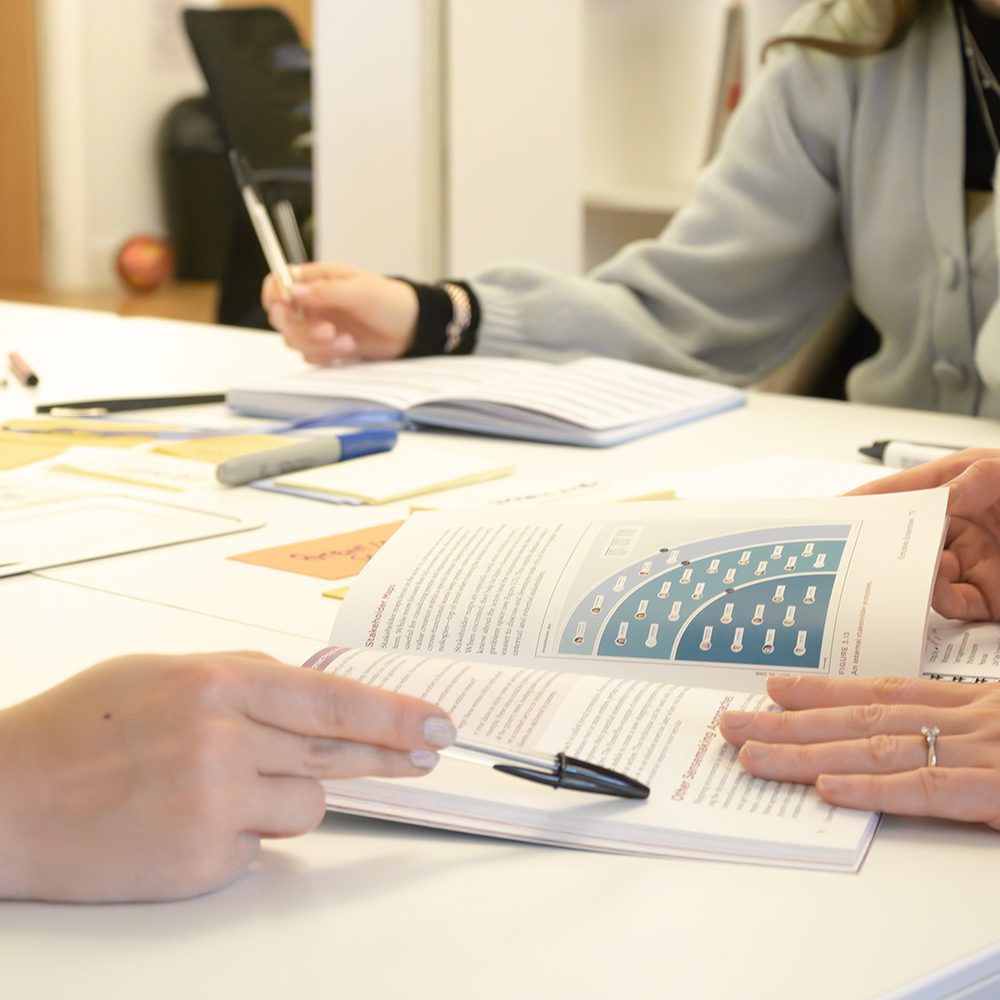
4. Define and document
- Project canvasses
- Requirements documentation (e.g. Roadmaps, backlogs, epics, user stories, features)
- Design briefs
5. Refine and support
- Present and iterate
- Handover documentation
- On-going support

Our approach to requirements gathering is guaranteed to help you and your team focus on what matters most.
Need to gather and roadmap requirements?
Discuss your aims and objectives with a user experience specialist.